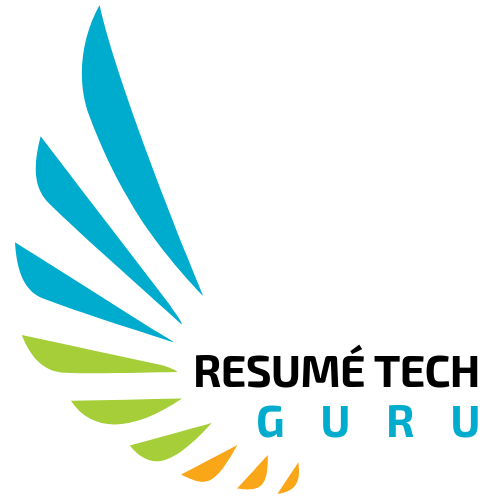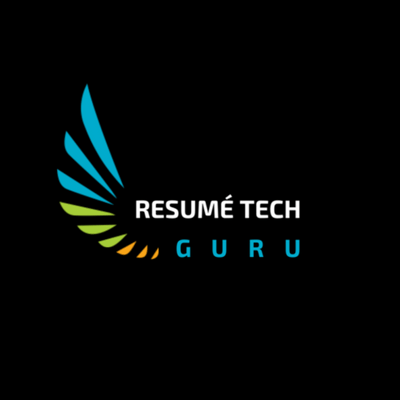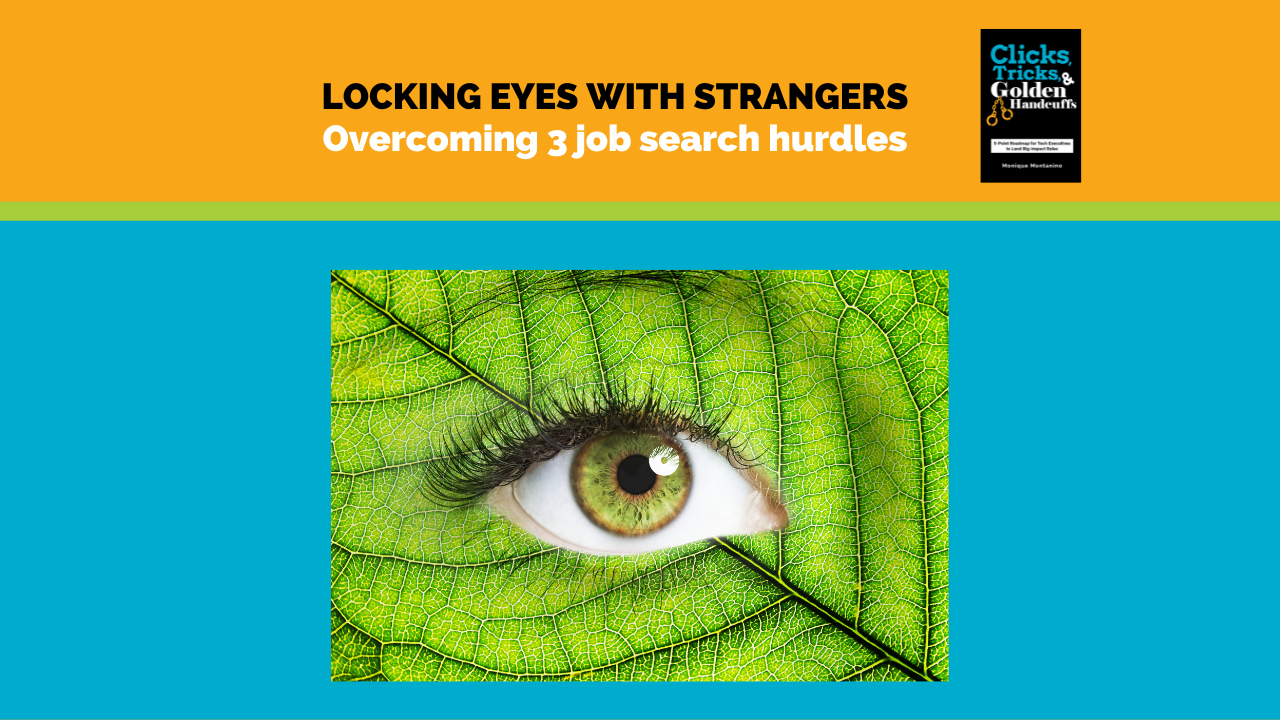Every afternoon you can find me lacing up my purple rykä sneakers and heading out to walk for 1 hour. I’ve observed that upon approaching a person on a path, they avoid direct eye contact with me. It’s not limited to just here in the U.S. I witnessed the same thing when I was on a beach in St. Martin last month. Even though I’m a self-described introvert, I always look at the person’s face and smile during my walks. It doesn’t cost anything, and why not make the world a nicer place?
I’ve made a game out of it; I count how many people look away. It averages around 85% of the time when I’m wearing sunglasses, and the percentage drops when I leave my glasses at home.
There’s a term for it—social anxiety. For some, this can be pretty intense.
According to the National Institute of Mental Health, “Social anxiety disorder is a common type of anxiety disorder. A person with social anxiety disorder feels symptoms of anxiety or fear in situations where they may be scrutinized, evaluated, or judged by others, such as speaking in public, meeting new people, dating, being on a job interview, answering a question in class, or having to talk to a cashier in a store.”
This disorder brings me to 3 social anxiety speed bumps I’ve seen for my tech executive clients:
- Business networking
- Public speaking
- Job interviewing
Business Networking – Professional Karma Points
At some point in your career, you’re either going to pursue a new role, whether by your own design or, as in the case of the current tech industry, a corporate layoff. What I’ve seen as a critical differentiator in landing a job is having a solid business network for referrals and corporate insights.
Many years ago, before LinkedIn existed, I landed a Group Manager role with an executive relocation package at Sprint because my husband’s client, who worked there, passed along my resume to the hiring manager. It shows the importance of whom you know.
Networking is a 2-way street whereby giving is as important as receiving. Karma points in your networking bank begin with advocating and mentoring your team, colleagues, bosses, friends, and family. Please don’t wait until it becomes a pressing need to have access to a corporate insider.
If you’ve neglected relationships outside your corporate bubble, make it a resolution to start building them today. Here are some ideas to expand your network:
- Professional Association: I always recommend that my clients join and actively participate in a professional association. Benefits include increasing your business relationships, learning new tech practices, practicing public speaking, and receiving/giving mentoring. I joined the global WomenTech Network organization for these reasons; in turn, last year, I attended 3 educational summits, developed and delivered 2 workshop sessions, and I’m currently mentoring 3 women within the association. Better yet, it’s free to join. I’m a big advocate for clients joining the IEEE (Institute of Electrical Engineers and Electronics Engineers) and the AAAI (Association for the Advancement of Artificial Intelligence).
- Alumni Network: As a University of Texas at Austin graduate, I joined The Texas Exes alumni association, which has more than 110,000 active members. Over 150 chapters in the U.S. and across the globe allow you to meet with others, volunteer and advocate for your alma mater. Another thing you can do when researching a prospective company is to check out what people are currently employed there that graduated from your school. After analyzing their accomplishments, send a LinkedIn message mentioning your commonality and highlighting their success to set up a 15-minute discussion to learn more about your target company.
- Tech Conferences: Now that we can attend in-person conferences, it’s time to meet and greet. It’s a trifecta of networking, learning, and public speaking opportunities. If you don’t have anything planned to date, mark your calendar for these upcoming 2023 global conferences.
- Mobile World Congress (Barcelona | February 27-March 2) – Focus on the connectivity ecosystem from blockchain to robotics.
- Tech Innovation Summit & Awards (Singapore | March 8-9) – Tech pioneers, crypto projects, VCs, business entrepreneurs, and individual investors gather to discuss blockchain, crypto, cyber security, DeFi, Metaverse, GameFi, and NFT.
- SXSW | South by Southwest (Austin | March 10-19) – Celebrates the convergence of tech, film, music, education, and culture.
- TECHSPO Technology Expo (NYC | April 27-28) – Brings together developers, brands, marketers, technology providers, designers, innovators, and evangelists looking to set the pace in the advanced world of technology.
- Think 2023 (Orlando, FL | May 9-11) – Hosted by IBM with 4 categories for vision, demonstration, immersion, and collaboration.
- RSA Conference 2023 (San Francisco | April 24-27) – 500 sessions covering the hottest cyber security topics and emerging trends, forward-thinking keynotes, and world-renowned industry experts,
- WomenTech Global Conference (Virtual/hybrid local meetups | May 9-12) –Core topics include robotics, life sciences, cybersecurity, mentorship, sponsorship, and allyship. I’m a global ambassador and mentor of the association. I submitted my speaking topic for “Becoming an Executive Recruiter Click Magnet.”
- Open Data Science Conference: ODSC East (Boston | May 9-11) – Learn from Fortune 500 business leaders covering topics of AI, ML, cybersecurity, data science, and open-source tech.
- Dublin Tech Summit (Dublin | June 15-16) – C-suite executives attend this B2B tech conference.
- Viva Technology (Paris | June 14-17) – Touted as Europe’s biggest tech conference.
- TechCrunch Disrupt 2023 (San Francisco | September 19-21) – The focus is on tech startups.
- AI & Big Data Expo (Amsterdam | September 26-27) – Learn how your business can apply automation and machine learning to drive revenue, decrease costs, and improve operational efficiencies.
- GITEX (Dubai | October 16-20) Long-running conference with key topics of sustainability, 5G, and the future of mobility.
- TECHSPO Technology Expo (Johannesburg | October 19-20) – Consortium for developers, brands, marketers, tech providers, designers, and innovators showcasing IoT, adtech, martech, and SaaS.
- Web Summit (Lisbon | November 13-16) – Conference bringing together leading speakers, tech’s biggest companies, and top media outlets.
Public Speaking – The Fear Factor
“Eighty five percent of people report being nervous about speaking in public, and I believe the other 15% are lying,” says Matt Abrahams, who teaches strategic communication at Stanford’s Graduate School of Business. Well, let’s say I’m not a liar.
Only some have the gift of gab when speaking in groups, conferences, or job interviews. The good news is that anyone can improve. I did.
In my twenties, I took an 8-week Dale Carnegie course in Dallas, whereby I had to deliver an ad hoc and planned speech during every class meetup. In my thirties, I went to a speech therapist to improve my enunciation since I learned English from Dutch-speaking parents.
Last year, I signed up to speak at 4 tech conferences. It was throwing myself into the deep end because I tended to avoid it when I was in the corporate world. I enjoy creating the topic abstract, fleshing out the stories, and designing the visuals for a presentation. One month before a presentation, I would practice my speeches on my daily walks. It raised my confidence and showed up in my delivery when I looked at audience approval ratings.
Job Interviewing – Ready for Your Closeup?
Over the past five years, I have reviewed research studies, searched publications, and followed career experts’ advice regarding best practices for job interviews. A sizable portion of my consulting focuses on clients mastering the interview. It prompted me to develop a four-page interviewing guide, which I wrote about in my book Clicks, Tricks, & Golden Handcuffs: 5-Point Roadmap for Tech Executives to Land Big-Impact Roles.
The first question any recruiter or hiring manager asks is the infamous “so, tell me about yourself.”
I believe in the simplicity of three parts for answering an interview question.
- Who: Explain who you are from a career perspective.
- Evidence: Place your experience into context and use a statistic or quantifiable measurement.
- Results: Highlight intangible strengths you deliver to a hiring company.
Here’s my elevator pitch to clients.
“I have come full circle from corporate brand consulting at Coca-Cola, General Motors, and the U.S. Army to personal brand consulting for technology executives. After 18 years as a marketing and sales executive at Fortune 500 companies, I retired early five years ago, but I got bored. I pivoted and went back to school to become a certified career coach. Since I live in Seattle, my clients are the usual suspects from Microsoft and Amazon seeking their next big-impact role.”
You will notice it is not a laundry list of skills or a deep dive into how long I worked at a company. My former consulting customers are what I think of as hearing candy to a prospective client, but I never even listed the companies I worked for—Sprint and CenturyLink. I did not talk about working for the now-defunct billion-dollar Nortel Networks. It is a simple story of how I started, where I am now, and my benefits to a client.
I recommend that clients create a handwritten script (research indicates it’s likely to lead to improved memory) and then practice. I’ve practiced with my husband, friends, and colleagues, who offered constructive feedback.
I use a modified version of the Amazon STAR (situation, tasks, actions, results) method for storytelling. Based on my affinity for 3-part answers, I developed the CAR (context, actions, results).
Amazon is proactive in its interviewing process, sending candidates a 2-page phone interview preparation document. It breaks down their STAR method, general interview tips, and leadership principles. With all that terrific information, most candidates would be well-prepared, but it is not the case. Some of my clients are inadequate at interviewing. They are either under or over-prepared and are full of anxiety. There is a solution; it’s called practice.
Here is what I advise for your job interview Q&A preparation.
- Stories: Prepare six phenomenal stories related to your leadership, team building, innovation, problem-solving, biggest mistake, and differentiators. Write them out with a 3-part answer in mind. What are the story’s context, your actions, and the ultimate result?
- Potential Interviewer Questions: If you google Amazon interviewing questions, you will find many responses. I watched countless YouTube videos related to interviews and generated a master list of questions based on the 16 leadership principles. It is a terrific foundation for what any company may ask. Amazon’s principles include: 1) customer obsession, 2) ownership, 3) invent and simplify, 4) are right, a lot; 5) learn and be curious, 6) hire and develop the best, 7) insist on the highest standards, 8) think big, 9) a bias for action, 10) frugality, 11) earn trust, 12) dive deep, have backbone; 13) disagree and commit, 14) deliver results, 15) strive to be the Earth’s best employer, and 16) success and scale bring broad responsibility. Once again, have a 3-part answer featuring context, your actions, and results.
- Practice: LinkedIn offers an interviewing prep feature with job interview questions, role-played examples, and the ability to get AI-powered feedback from recording your response. On LinkedIn, locate and click on the “Jobs” icon on the top row navigation, and then on the left-hand side, access “Interview Prep.” Another free AI speech coach app is Yoodli, which provides personalized and private analytics on your visual, verbal, and local delivery; think of it as your filler words (e.g., um, ah, you know) eraser.
- Timing: A client interviewing for AWS needed to develop 5-minute answers, including the month and year of a project. Talk about detail. We practiced 1-minute and 5-minute in-depth responses for a client’s panel preparation. The best way to practice is to record yourself on your phone or computer. It seems awkward at first, but then you will optimize your response.
- Your Questions: Since an interview is a 2-way street, prepare a list of 5-10 questions. Indeed, some are answered during your discussion, but the proverbial prompt for your questions is always at the end. In my four-page interviewing guide, I created questions for clients: a) How has consumer behavior changed during the pandemic? b) Could you describe your management style and the type of employee that works well with you? c) At the end of the year, how would you know you hired the right person? d) How would you rate the company’s progress on diversity and inclusion? e) What are the most significant opportunities facing the company? f) What drew you to working for the company? g) Can you tell me about the team I will be leading? h) Do you have any hesitations about my qualifications?
Since most people don’t think about preparing for their next job until they’re at a crossroads, I recommend conducting a self-assessment this week to identify your gaps. You’ll be more confident in locking eyes with strangers at a business conference, speaking engagement, or job interview.



